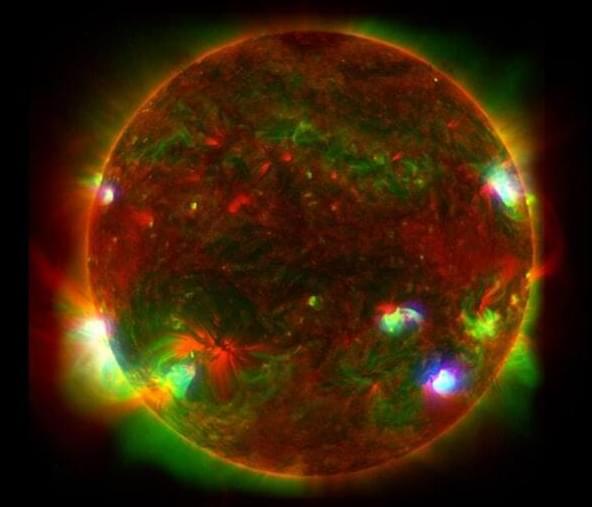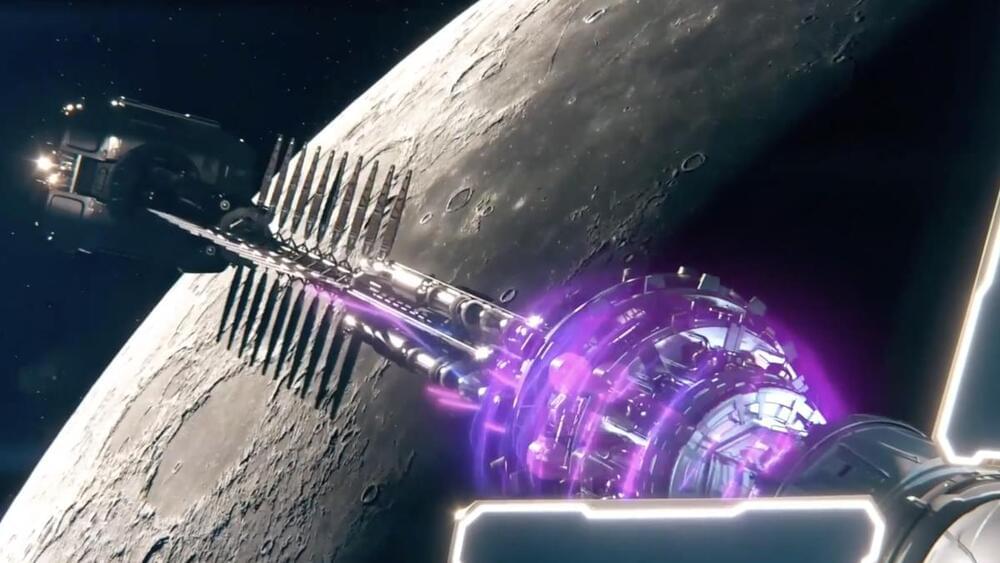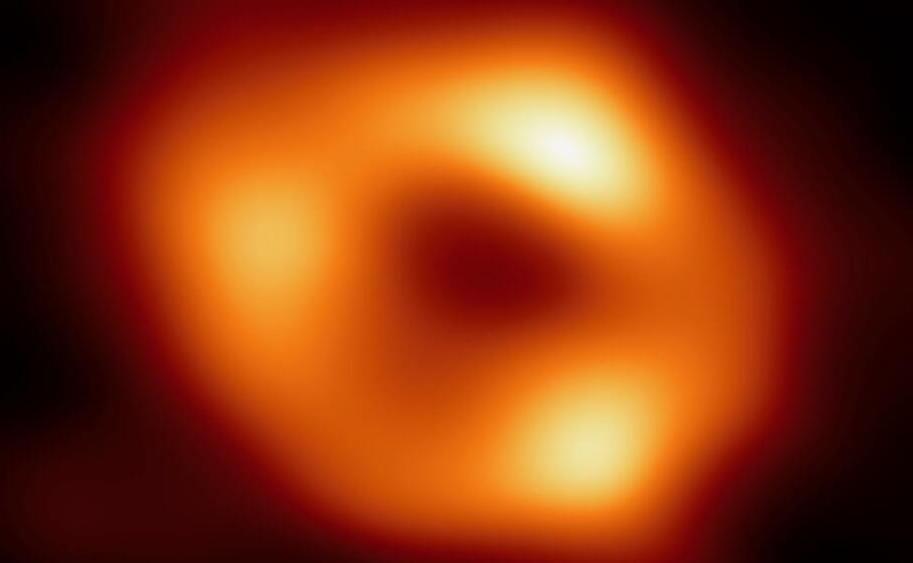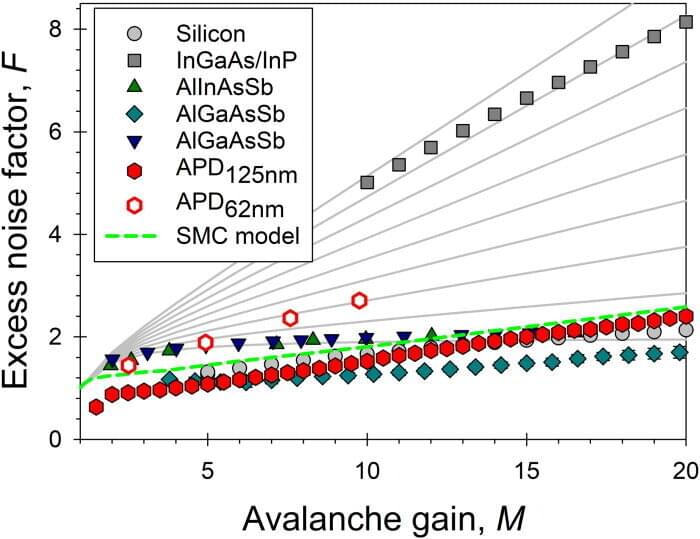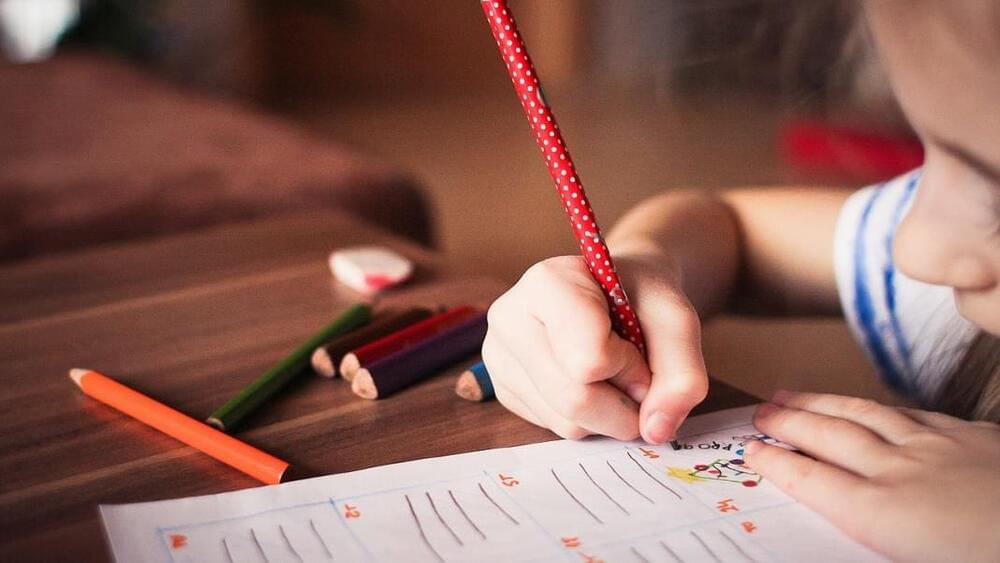
There are stark differences between metals, through which electrons flow freely, and electrical insulators, in which electrons are essentially immobile. And despite the obvious difficulties in finding a way to switch back and forth from a metal to an insulator within one material, physicists are trying to figure out how.
“Say you want to put billions of circuit elements on a tiny chip and then control, at that microscopic scale, whether just one of the elements is metallic or insulating in a controlled fashion,” said Debanjan Chowdhury, assistant professor of physics in the College of Arts and Sciences. “It would be remarkable if you could control the microscopic device at the flick of a switch.”
Digging into recent past experimental results to try to reconcile experiment and theory, Chowdhury and doctoral candidate Sunghoon Kim found that even a tiny amount of imperfection, inherent in any real-life material, plays a key role in revealing the universal physics associated with the experimental metal-to-insulator transition (Physical Review Letters, “Continuous Mott Transition in Moiré Semiconductors: Role of Long-Wavelength Inhomogeneities”). Understanding the physics behind this mysterious phase transition could lead to new complex microscopic circuits, superconductors and exotic insulators that could find use in quantum computing.

